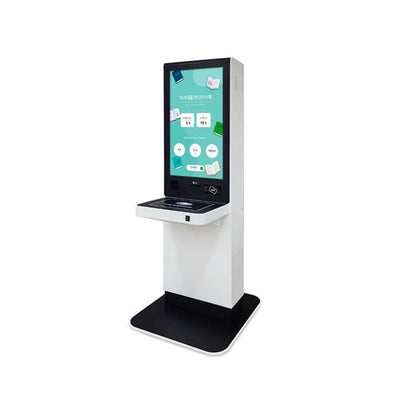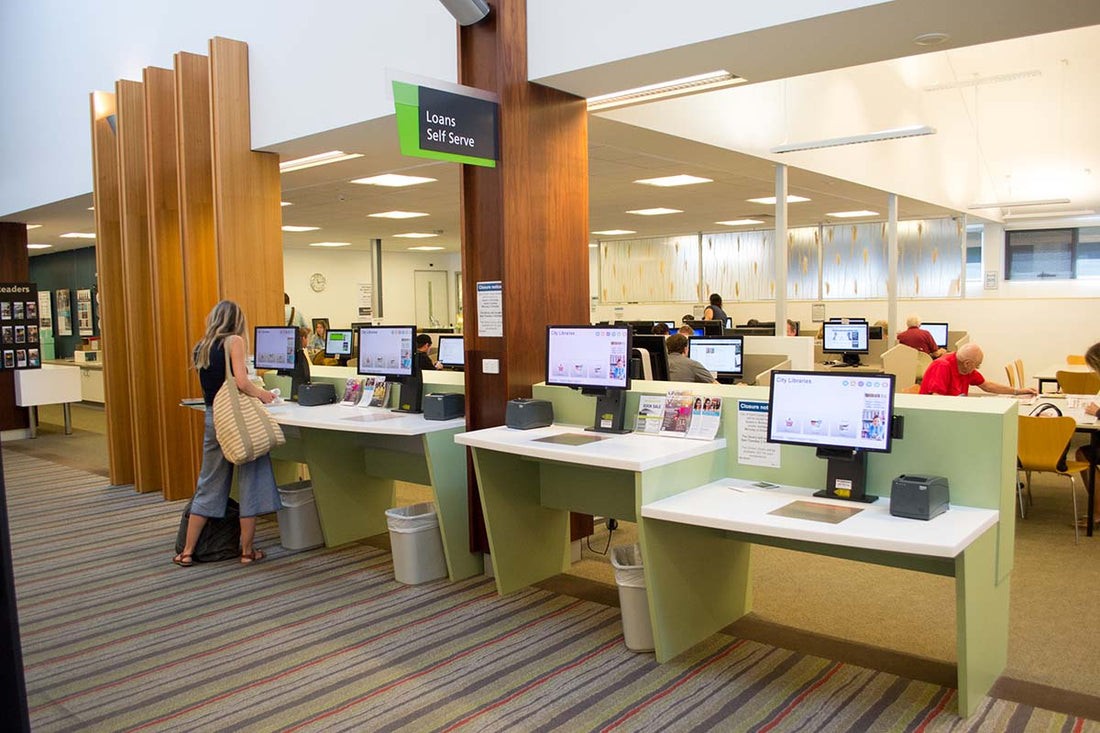Enhancing Efficiency and Accessibility
In the rapidly evolving landscape of education, the role of school libraries remains paramount in providing essential resources and support to students and educators alike. However, as demands on school librarians continue to grow, the need for streamlined and automated systems becomes increasingly evident. Let's explore why automated library systems are indispensable for modern school libraries.

Ensuring Access to Essential Supplies
In a school library, ensuring students have access to essential supplies is crucial for facilitating learning and engagement. From writing implements to crafting materials, having these supplies readily available enhances student participation in library activities. Automated systems can streamline the procurement and organization of supplies, ensuring they are consistently stocked and accessible to students.
Optimizing Resource Management
Managing a diverse range of supplies and tools can be a daunting task for school librarians. Automated systems offer efficient solutions for inventory management, tracking usage patterns, and replenishing supplies as needed. By automating processes such as ordering, stocking, and organizing supplies, librarians can focus their time and energy on supporting students and teachers.
Supporting Teachers with Essential Tools
School librarians serve as valuable resources for educators, providing access to tools and resources that enhance teaching and learning experiences. Automated systems enable librarians to efficiently provide teachers with essential tools such as staplers, chalk, and extension cords. By maintaining well-stocked supplies and responding promptly to teacher requests, librarians can enhance collaboration and support instructional goals.
Enhancing Librarian Productivity
Beyond supporting students and teachers, school librarians are responsible for a range of administrative tasks. Automated systems can streamline administrative processes such as cataloging, circulation, and resource management. By automating routine tasks, librarians can allocate more time to personalized student support and innovative programming.
Enabling Creativity and Problem-Solving
Automation liberates librarians from repetitive tasks, allowing them to focus on creative initiatives and problem-solving. With more time and resources at their disposal, librarians can explore innovative programs, develop maker spaces, and foster a culture of creativity in the library. Automated systems serve as enablers of innovation, empowering librarians to adapt and evolve in response to changing educational needs.
Conclusion
In an era of rapid technological advancement, automated library systems are indispensable tools for modern school libraries. By addressing student needs, optimizing resource management, empowering educators, streamlining administrative tasks, and fostering innovation, automated systems enhance the effectiveness and impact of school libraries. Embracing automation is essential for ensuring the continued relevance and success of school libraries in the digital age.










